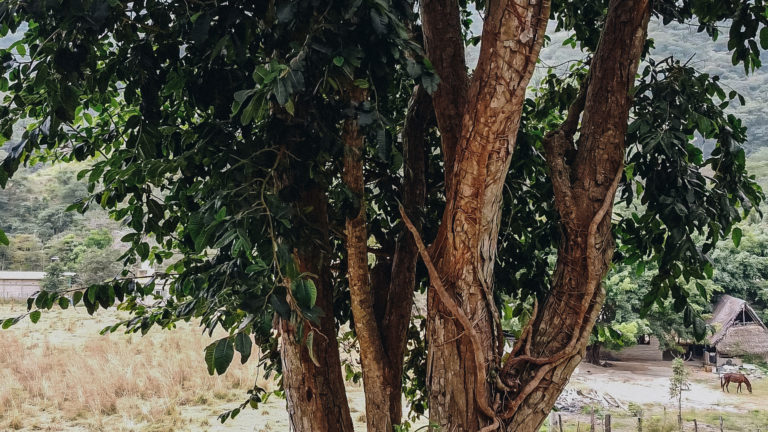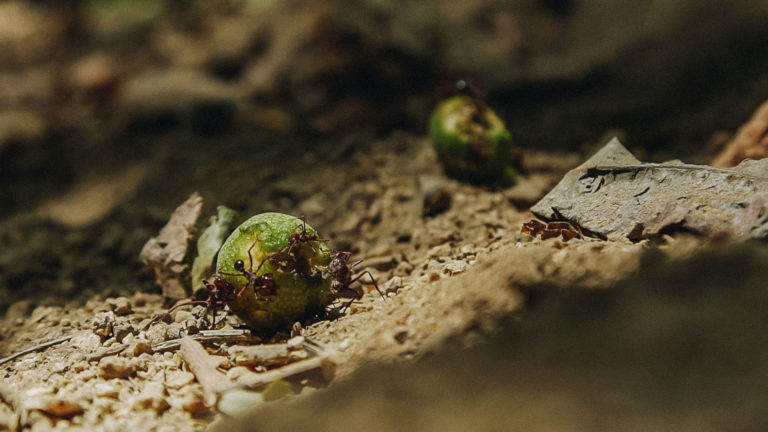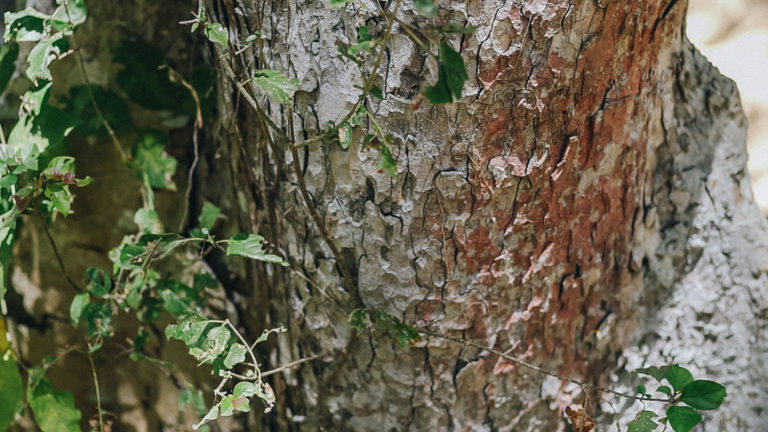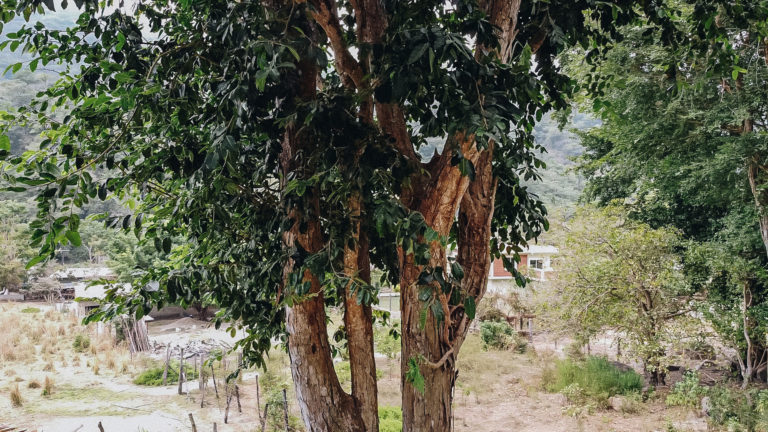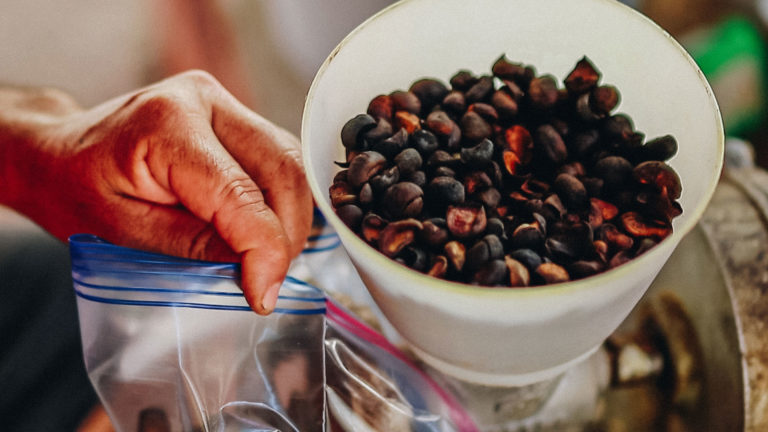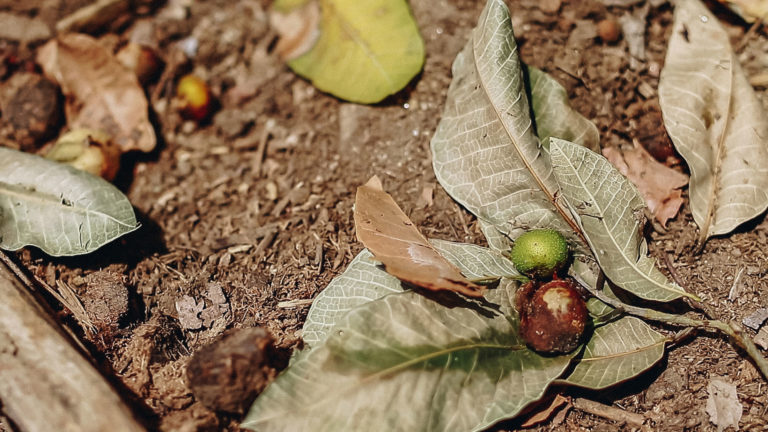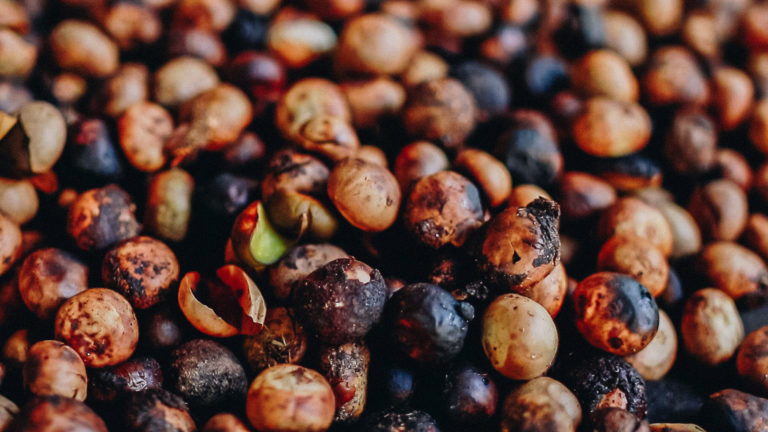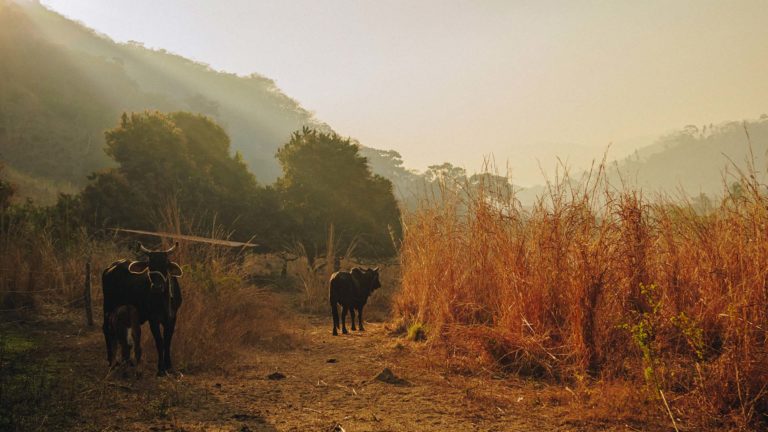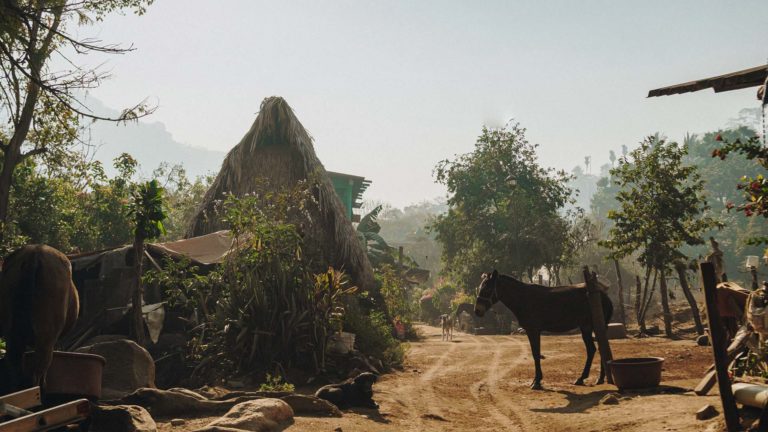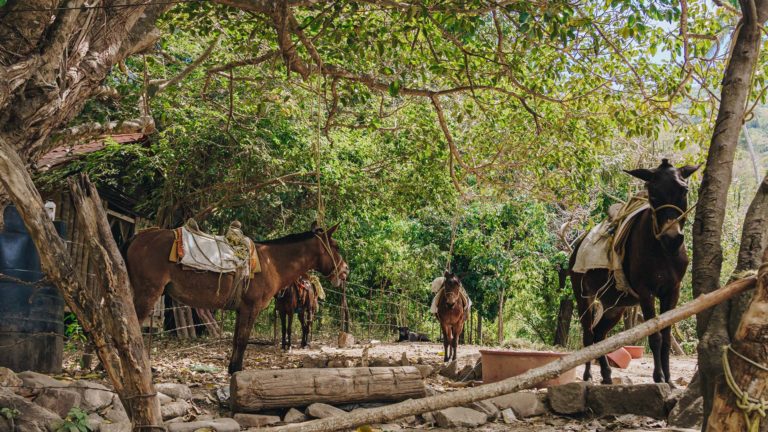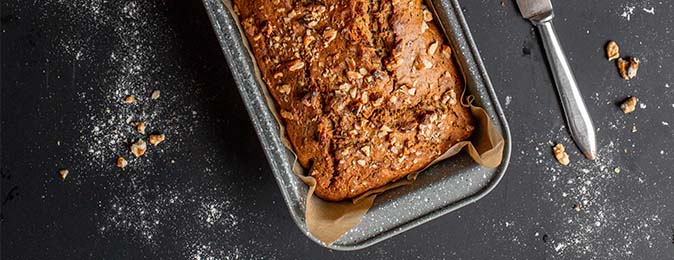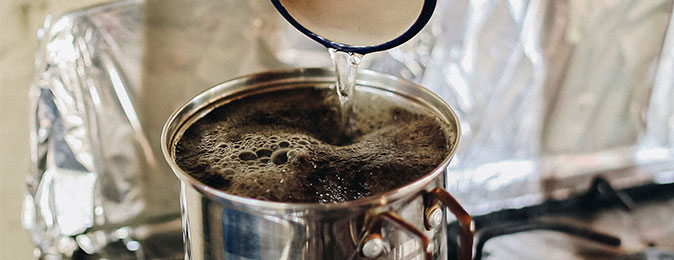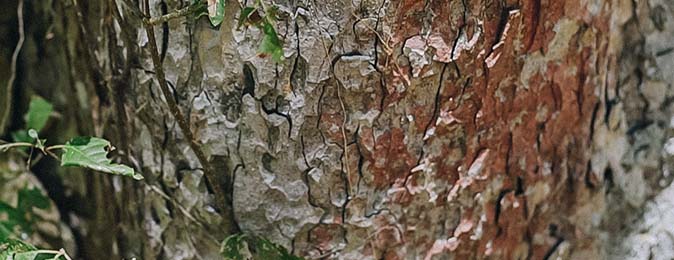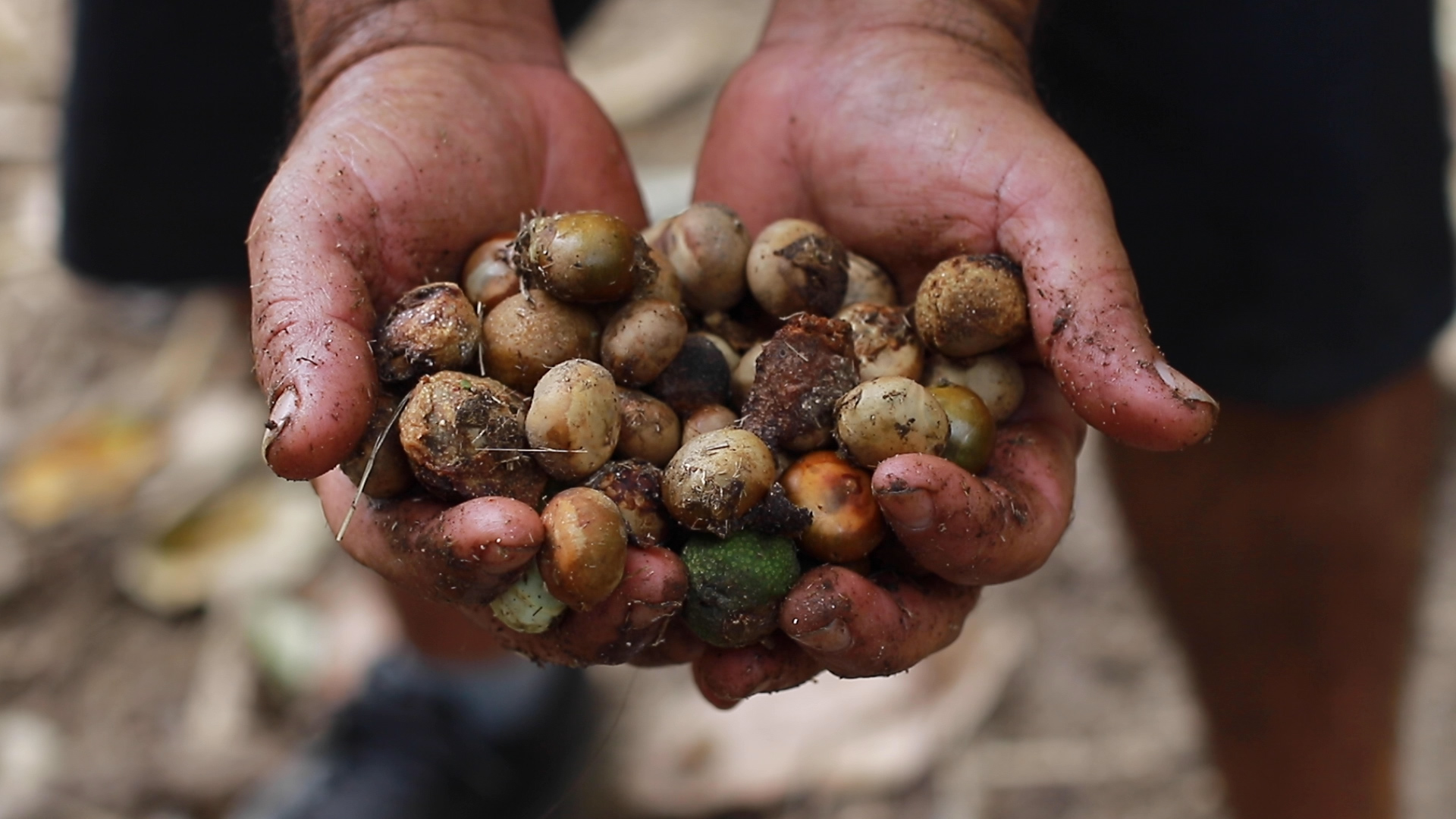
Ancient Treasure Nature’s Gift Mexico
Searching for Capomo
Capomo has been nourishing us for millennia. It is our turn to sustain this majestic tree.
Used as traditional food and medicine, the tree is threatened due to unbridled development, deforestation, and climate change.
Winner of LANAFF 2023
Latino & Native American Film Festival 2023
Watch the Documentary
A walk to remember with José

José and I set off mid-morning to collect Capomo seeds. We walked for about thirty minutes before we reached a piece of land of Jose’s, called Habita. There we found a tall Capomo tree at the foot of a steep bank, covered with various flora.
Together, we collected the fallen Capomo seeds, roughly a grape’s size but round. They are light green with yellow dots that look like tiny bubbles.
The bats love the fruit, so they eat it off the seed and then drop it for us to collect. Although it is sweet to taste, people generally do not consume the fruit. The seed is roasted to make “Coffee” or ground as flour, or just boiled to which honey is added.
While we were gathering Capomo, José described the best times to collect and prepare Capomo. Collection times depend on the Capomo tree, as some bear fruit every year while others bear fruit every other year, between January and March.
Indigenous Science
Capomo is a staple food and drink, which along with atole, is fed to women who have just given birth and are in the period of cuarentena; the forty-day period of rest and semi-isolation that is a traditional practice in Mexico.
Every part of the Capomo tree is nutritious and beneficial to humans, animals, and the environment. The leaves are eaten like spinach, and the seeds are cooked like potatoes and eaten with honey. The sap is sweet and nutritious and is served ad a traditional drink associated with increasing mothers breast milk.
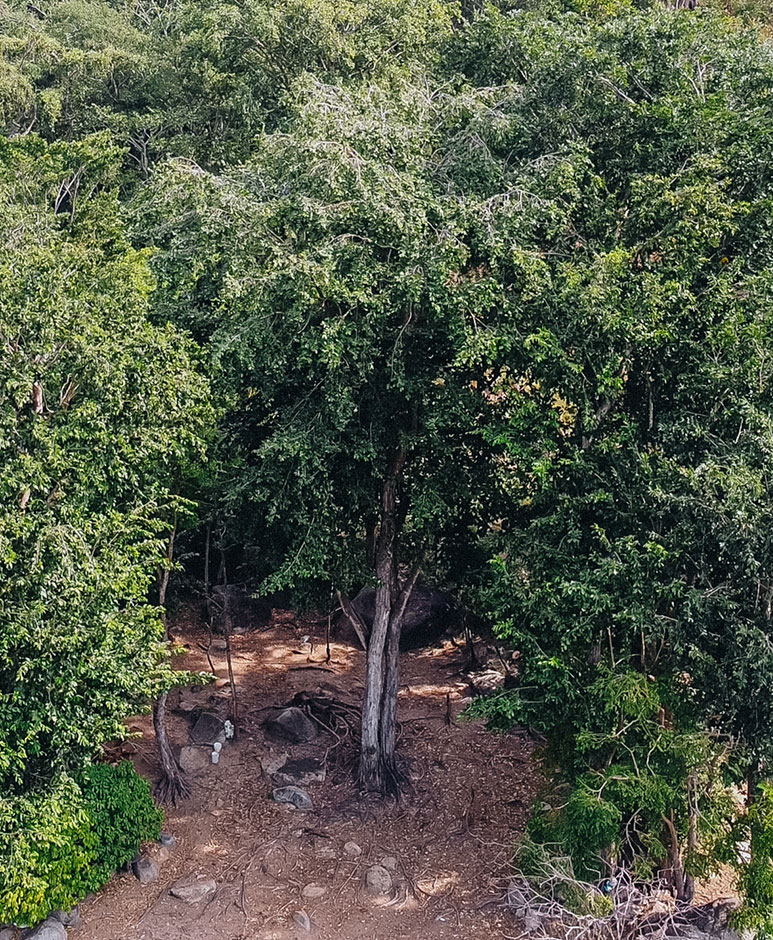
The Capomo tree reaches a height of 120 ft.
It is a threatened species due to logging and agricultural practices. The nut has a low moisture content, making it ideal for year-round storage. This has led to the theory that it traditionally served as a “famine” “food for the Maya peoples. Mexico has a country-wide renaissance in the sustainable production and delivery of this vital food. It is available in limited qualities as an export food in the U.S.A.
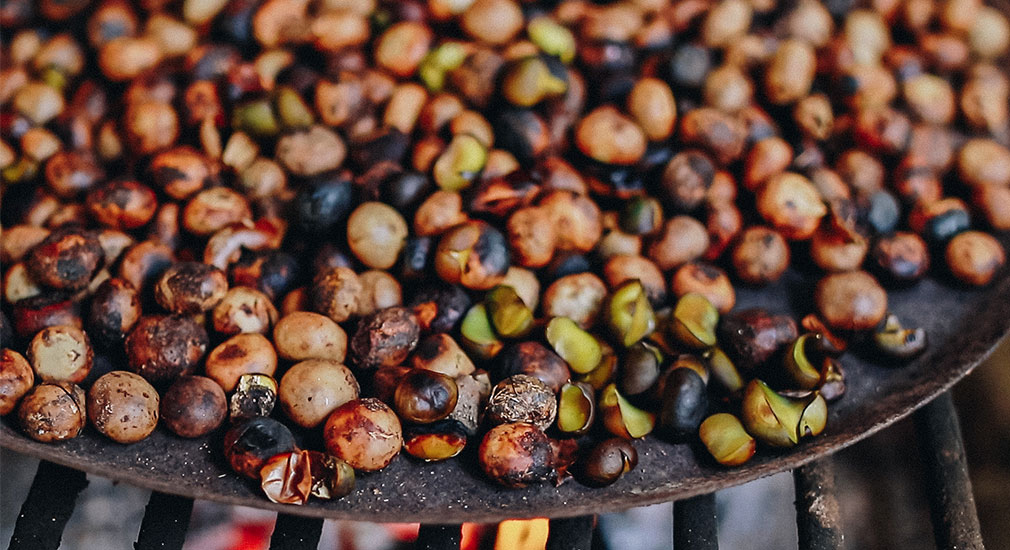
Did you know?
Our 4-footed animal friends, pigs, cows, and horses, also love capomo? Cows fed capomo leaves produce 1-2 liters more milk per day than cows fed on pasture. Bats love the thin-skinned fruit around the “nut” “and after eating it, drop it to the ground so we may prepare it for roasting café de capomo or grinding into flour.
The flour is nutritionally superior to any other flour and ideal for gluten sensitivity people.
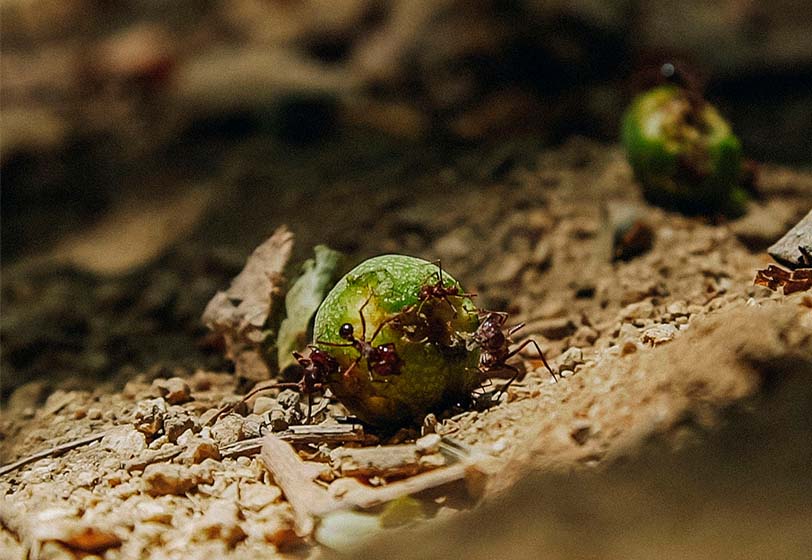
Biomedical Research
Capomo is an extraordinary tree nutritionally and medicinally. It provides the richest plant sources of amino acids. Capomo’s special quality is that it offers significant essential amino acids levels. Amino acids are the building blocks of protein responsible for repairing cells, stimulating antibodies to fight bacteria and viruses, and carrying oxygen throughout the body. The seeds have the protein equivalent of eggs. It is exceptionally high in tryptophan, an amino acid that is mentally energizing and lifts the mood.
Capomo is high in fiber, calcium, potassium, folate, iron, zinc, protein and vitamins A, B, C and E. s
Recipes

We thank Clementina Rodríguez Díaz.
For these delicious recipes
and for her wisdom and kindness.
Special Thanks
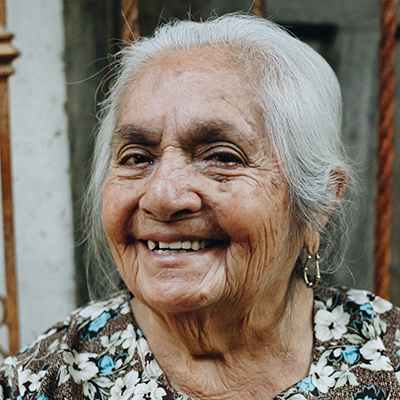
Cleotilde Díaz Lorenzo
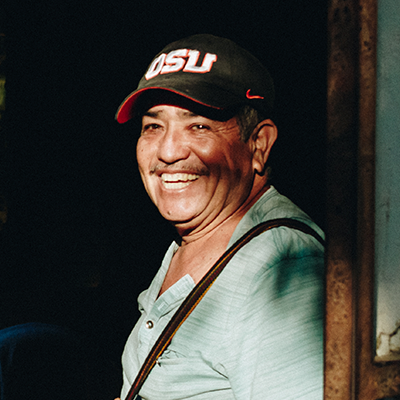
Felipe de Jesús García Díaz
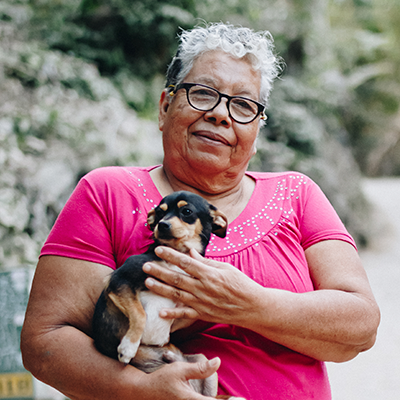
Natividad Cruz Ramos

Veronica Joya Rodríguez

Gorgonia Lorenzo Gordían

Dr. Rudolph Rÿser

Patricia Cruz

Ana Bertha Cruz

Yamid Aguirre

Sandra Quijas

Rafael Noriega Campero

José Ángel Castillón González

Jeffrey Elies
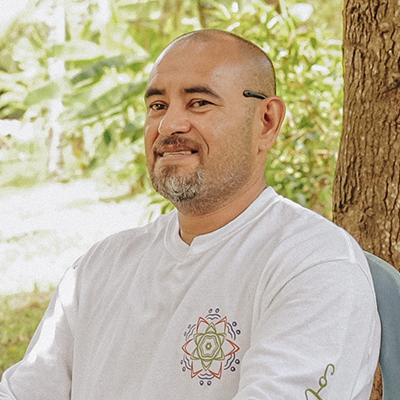
Jaime Valle Lorenzo
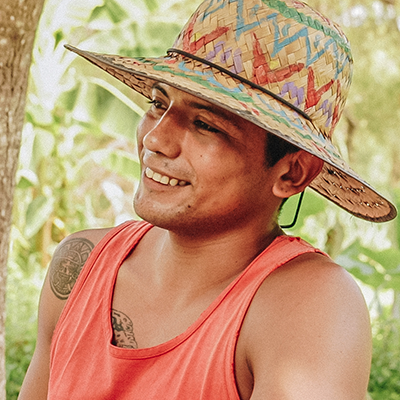
Abimael Aguirre
Production
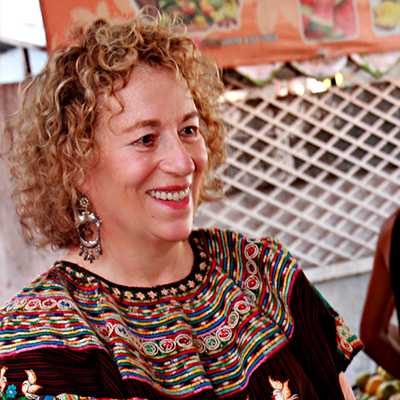
Leslie E. Korn
Director / Executive Producer

Angel Estrada
Project Manager

Max Montalbán
Editor / Photographer / Post Production

Alma Méndez
Editor / Photographer / Post Production

Michel Medellin
Graphic Designer

Juan Gradilla
Web Developer



